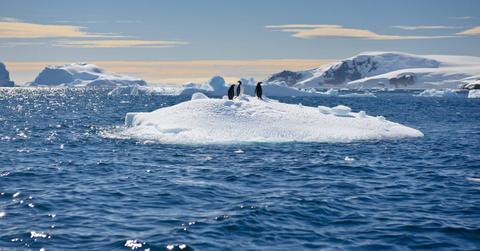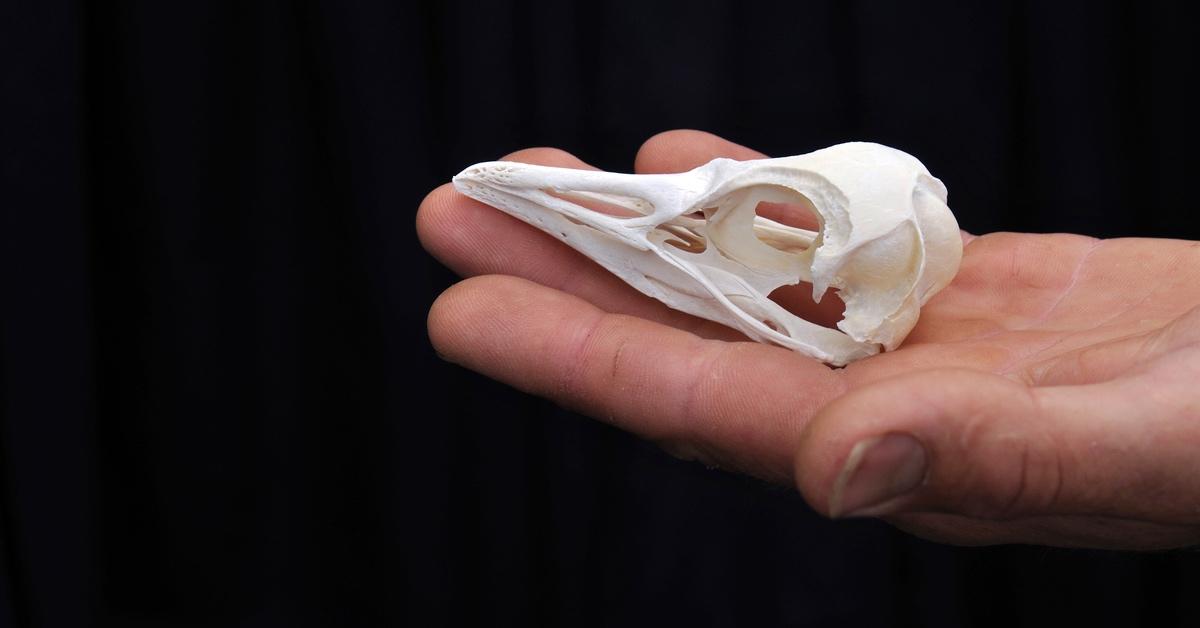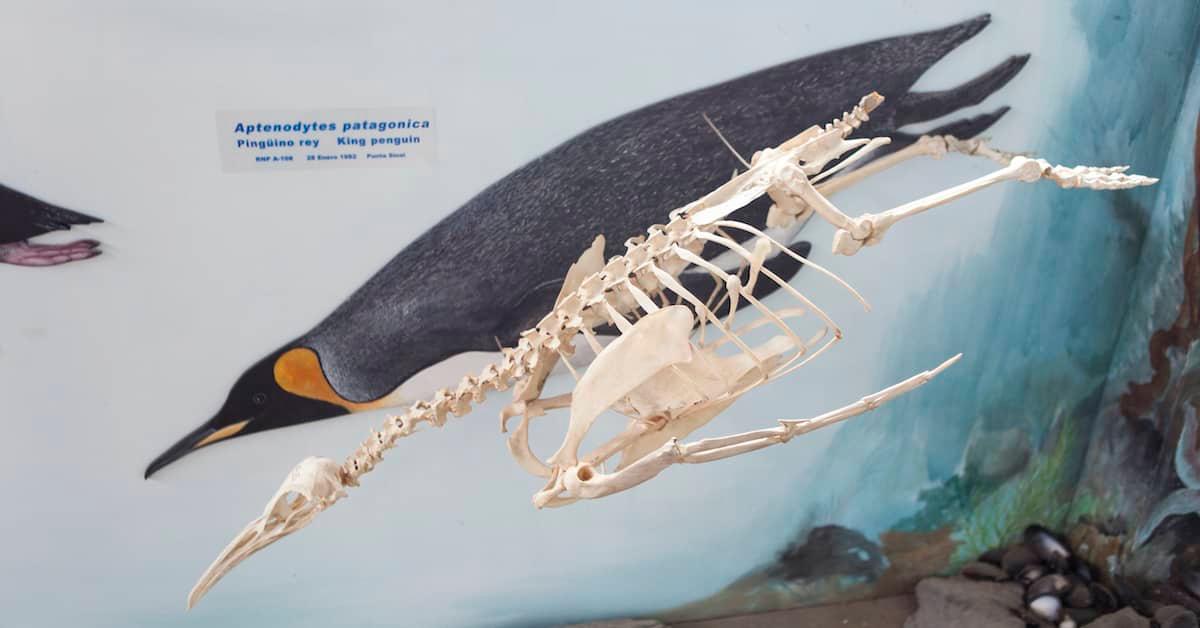Scientists Look to Penguin Skeletons for Clues About the Climate Crisis
Published Dec. 11 2023, 12:24 p.m. ET

The Gist:
Penguin skeletons offer valuable insights into climate adaptation and evolution.
Unique skeletal features enable penguins to swim and survive in extreme cold.
Studying fossilized penguins highlights the urgent need to take action against the climate crisis.
I'd have thought studying the climate involved clever people donning their winter woolies and heading to the Arctic, measuring tape in hand. It turns out scientists have been searching for clues in an unlikely place: penguin skeletons.
By analyzing these bony structures, they’re able to gain valuable insights into how penguins have adapted to changing environments over millennia, offering crucial clues about the impact of the climate breakdown on our planet.

Penguin skeletons are uniquely fascinating.
Living in some of the harshest environments on Earth, penguins have developed remarkable adaptations to survive the extreme cold. Their bones are packed with a particular type of white fat, a crucial insulator and energy source. Their bones are also hollow, thicker, and denser than most other birds' bones.

Interestingly, although they look nothing like us, penguins share many skeletal features with humans; they have knees and elbows, for example. However, they only have 112 bones, about half that of the human body.
Despite their aquatic prowess, penguins are still adapted for walking on land. Their leg bones are strong and positioned upright, enabling them to walk upright, albeit with a waddling gait.
Their sternum is large and flat, providing a surface for powerful muscle attachment for flapping their flippers. Instead of teeth, a penguin's mouth is lined with backward-facing fleshy spines, which help them catch and swallow their slippery seafood meals.

What penguin skeletons can teach us about glaciers.
The polar regions, especially Antarctica, are losing unprecedented amounts of ice due to the climate crisis. Concerns have arisen over the collapse of the Thwaites and Pine Island glaciers in West Antarctica, as it could significantly increase global sea levels.
To understand the behavior of glaciers, researchers have studied the history of sea level changes along Antarctic beaches. They used penguin bones and seashells to date the periods when the beaches were in contact with water.
After analyzing beaches near the glaciers, a study published in Nature Geoscience revealed that the beaches have remained remarkably stable. Over the past 5500 years, sea levels have consistently dropped, suggesting that there haven’t been any sudden increases in ice thickness.
The study's findings challenge the notion that glaciers can recover after shrinking. The alarming rate of ice loss from these glaciers underscores the urgency of addressing the climate emergency with immediate and decisive action. Failing to do so risks catastrophic consequences, including rising sea levels and irreversible damage to global ecosystems.

It's in her bones: What a 61-million-year-old fossil can tell us about penguins.
According to Scientific American, Rose's penguin, a 61-million-year-old fossil found in North Canterbury, exhibits her species' remarkable transition from wings to flippers. The fossil also indicates that penguins have survived various climate iterations for millions of years.
The penguin's bony remains are not just a testament to the remarkable evolutionary journey of these flightless birds. They serve as valuable tools for understanding the past and predicting the future of our planet.
Securing a future for penguins and the Earth.
As we marvel at the adaptability and resilience of these tuxedoed munchkins, we must also remember that it's our responsibility to protect their delicate ecosystems, conserve our natural resources, and create a sustainable future for all of us.
Let's pull up our sustainably produced socks and take collective action to forge a path forward to ensure these adorable animals' survival and preserve our planet for future generations.